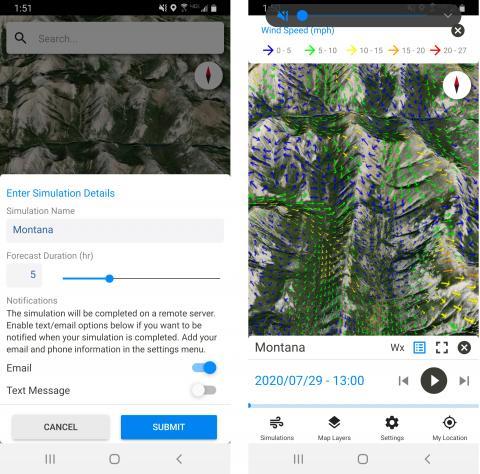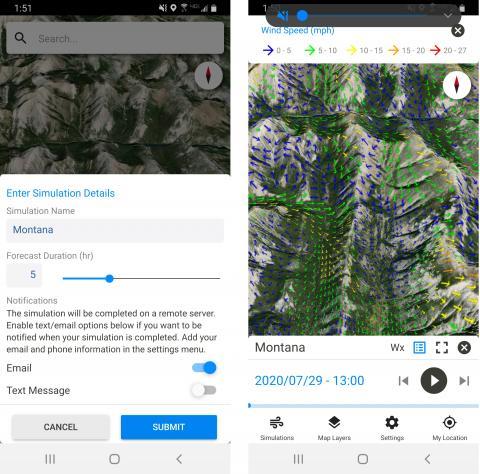PROVO, Utah ( ABC4 ) — A Brigham Young University A BYU student has utilized machine learning and mathematics to enhance an essential device that firefighters depend on when fighting wildfires in the field.
"I find it incredibly exciting that when you delve into math, you often tackle challenges you'd never anticipate, just like I've experienced various applications across multiple disciplines," says Jane Housley, a graduate student in mathematics at Brigham Young University and a researcher focused on wildfire modeling.
Housley has recently completed her master’s thesis in collaboration with the The U.S. Forest Service’s laboratory for fire science located in Missoula and concentrated on enhancing WindNinja.
WindNinja Is utilized by firefighting teams and experts to forecast how air currents will flow across landscapes during blazes. This simulation instrument was developed by the Missoula Fire Sciences laboratory.
According to the U.S. Forest Service The progression of wildland fires and the distribution of smoke resulting from them rely partly on ambient and fire-generated winds. These winds help propagate fires over the terrain and facilitate the incorporation of fire emissions into the atmosphere.
Machine learning along with wildfire components
Housley’s research concentrated on enhancing the apparatus to simulate what is referred to as a cavity zone. This region lies immediately behind a mountain or ridge where the wind commonly flows back and forms a vortex-like movement.
This movement can greatly alter the direction and pace at which a fire propagates.
Housley enhanced two critical components of the WindNinja: the mass-conserving solver and the computational fluid dynamics (CFD) solver. The former is quicker yet not as accurate, whereas the latter offers greater precision at the expense of speed.
"This marks the initial instance where we've utilized machine learning and artificial intelligence in the realm of wildfire modeling. To truly grasp this, it was essential to delve into understanding the physics and mechanisms behind these processes," explained Housely. ABC4.com .
In her study, Housley taught the neural network to recognize errors in the mass-conserving solver by setting the precision of the CFD solver as the objective.
The gadget can now identify wind patterns similarly to how facial recognition identifies a known face. Housley mentioned that she still vividly recalls the thrill she felt upon seeing just how precise and effective her updated model turned out to be.
Once the network was constructed and the data integrated with the simulation, the outcomes were impressive," Housley stated in a press release. "Initially, I suspected an error on my part." However, after thoroughly reviewing each line of code, he confirmed that everything functioned as intended. This realization filled him with great enthusiasm.
Housley says she believes that working alongside firefighters and researchers at the Missoula Fire Sciences Lab will be a memory she holds dear for life.
Alexa McFadden provided input for this report.
Copyright 2025 Nexstar Media, Inc. All rights reserved. This content must not be republished, rebroadcast, rewritten, or distributed without permission.To stay updated with the most recent news, weather forecasts, sports updates, and live streams, visit ABC4 Utah.


